Home>Articles>12 Roof Remodeling Tips To Help Your Renovation Project Go Smoothly
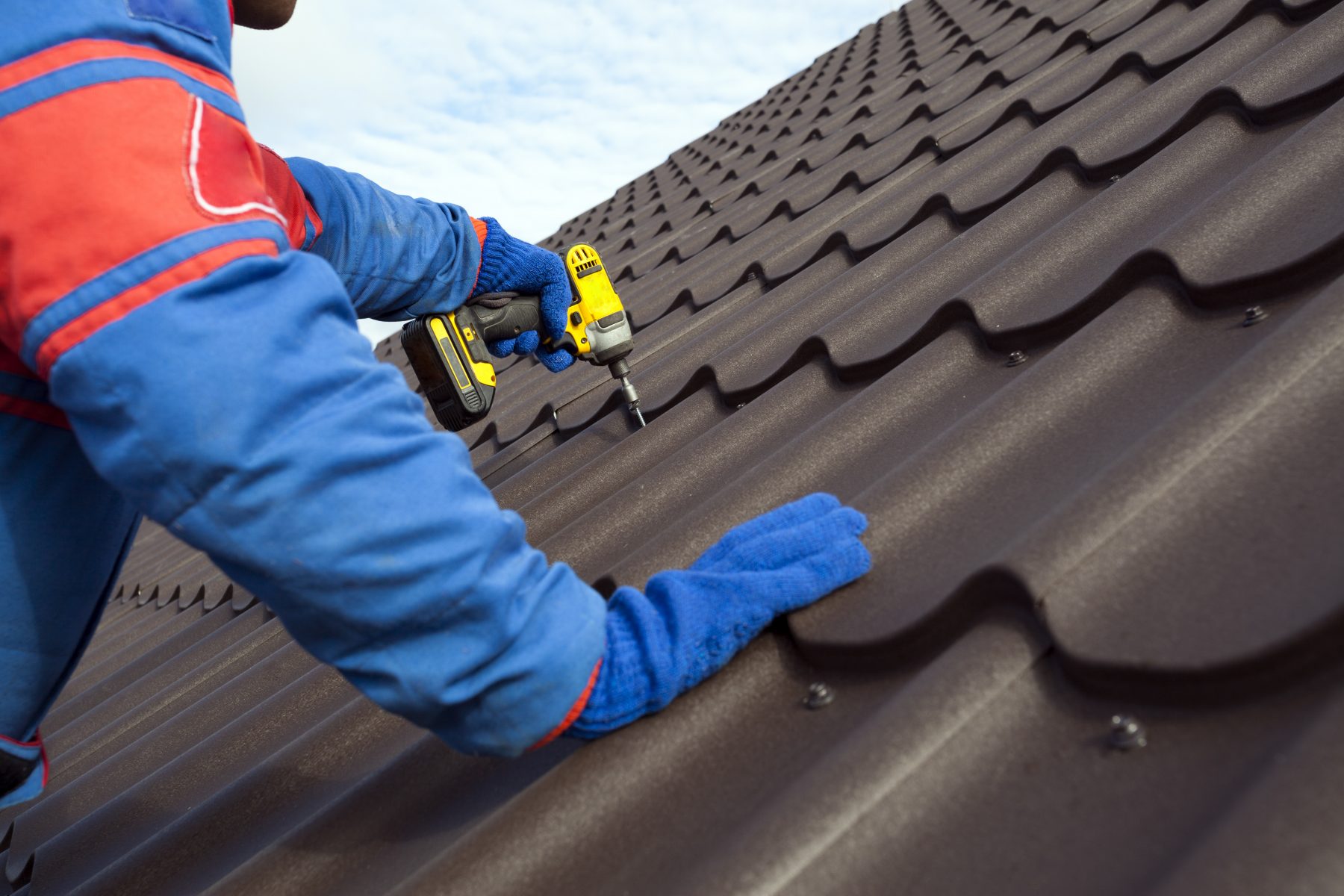

Articles
12 Roof Remodeling Tips To Help Your Renovation Project Go Smoothly
Modified: January 8, 2024
Discover 12 informative articles with expert tips to ensure a smooth roof remodeling project, perfect for your renovation needs.
(Many of the links in this article redirect to a specific reviewed product. Your purchase of these products through affiliate links helps to generate commission for Storables.com, at no extra cost. Learn more)
Introduction
Welcome to the world of roof remodeling! Whether you’re looking to give your home a fresh new look or you need to repair a damaged roof, a roof remodeling project can greatly enhance the appearance and functionality of your home. However, it’s important to approach the process with careful planning and consideration to ensure a successful and stress-free renovation.
In this article, we will provide you with 12 essential tips to help your roof remodeling project go smoothly. From assessing the condition of your roof to choosing the right roofing materials, hiring a reliable contractor, and conducting thorough inspections, we’ve got you covered.
A roof remodel is a significant investment, so it’s crucial to take the time to carefully plan your project. By following these tips, you’ll not only save time and money but also ensure that your newly remodeled roof meets your expectations and stands the test of time.
So, without further ado, let’s dive into the world of roof remodeling and get started on transforming your home!
Key Takeaways:
- Thoroughly assess your roof’s condition, set a realistic budget, and choose the right materials and contractor to ensure a successful and stress-free roof remodeling project.
- Prioritize safety, maintain open communication with your contractor, and conduct regular inspections and maintenance to protect your investment and enjoy a beautifully remodeled roof for years to come.
Tip 1: Assess the condition of your roof
Before starting your roof remodeling project, it’s essential to assess the current condition of your roof. This step will help you understand the extent of the renovation required and determine whether a repair or a complete replacement is necessary.
Begin by visually inspecting your roof from the ground. Look for any obvious signs of damage, such as missing or broken shingles, sagging areas, or water stains on the ceiling. If you’re comfortable and have the necessary safety precautions in place, you can also climb onto the roof or use binoculars to get a closer look.
Next, check the age of your roof. Most roofing materials have a limited lifespan, and if your roof is nearing its expiration date, it may be more cost-effective to replace it entirely rather than investing in repairs that will only provide a temporary solution.
If you notice signs of significant damage or aging, it’s recommended to consult with a professional roofing contractor. They have the expertise to thoroughly assess the condition of your roof and provide you with an accurate diagnosis.
Another crucial aspect to consider is the structural integrity of your roof. Inspect the attic for any signs of water leaks, such as mold, mildew, or water stains, which could indicate a problem with the roofing system.
Additionally, assess the ventilation of your roof. Good ventilation plays a vital role in maintaining the health of your roof by preventing the build-up of excessive heat and moisture. Insufficient ventilation can lead to issues like premature deterioration of roofing materials and increased energy costs.
By conducting a thorough assessment of your roof, you’ll have a clear understanding of its condition, allowing you to make informed decisions about the scope and scale of your roof remodeling project. Whether it’s minor repairs or a complete replacement, taking this initial step will set you on the right path toward a successful renovation.
Tip 2: Set a budget for your roof remodel
Setting a budget is a crucial step in any home remodeling project, including roof remodeling. It helps you determine how much you can afford to spend and guides your decision-making process throughout the project.
Start by researching the average cost of roof remodeling in your area. This will give you a rough idea of the expenses involved and help you set a realistic budget. Keep in mind that the cost can vary depending on factors such as the size of your roof, the type of roofing materials you choose, and the extent of the remodeling required.
Consider your long-term goals when setting your budget. Are you planning to stay in your home for a long time, or are you thinking of selling in the near future? This will help you determine how much you’re willing to invest in your roof remodel.
It’s important to allocate funds for unexpected expenses. During the remodeling process, unforeseen issues may arise, such as hidden damage or the need for additional repairs. Building a contingency fund of around 10-15% of your overall budget can help you handle these unexpected costs without derailing your project.
Consult with roofing contractors to get estimates for your project. Be clear about your budget constraints so that they can provide you with options that fit within your financial limits. Remember to consider the long-term cost-effectiveness of different roofing materials. While cheaper materials may save you money upfront, they may require more maintenance or need to be replaced sooner.
Finally, keep in mind that quality work comes at a price. Investing in reputable contractors and high-quality roofing materials can ensure a durable and long-lasting roof remodel. Don’t compromise on quality solely to save costs, as it could lead to additional expenses in the future.
By setting a realistic budget and considering all the potential costs involved, you’ll be able to plan your roof remodel effectively and make informed decisions throughout the project. This will help you achieve the desired results without any financial surprises along the way.
Tip 3: Decide on the type of roofing materials
When it comes to roof remodeling, choosing the right type of roofing materials is crucial. It not only affects the overall look and style of your home but also determines the durability, energy efficiency, and maintenance requirements of your roof.
There are various roofing materials available, each with its own pros and cons. Here are some popular options to consider:
- Asphalt Shingles: Asphalt shingles are the most common and affordable roofing material. They come in a wide range of colors, styles, and textures, making them versatile for different architectural styles. However, they have a shorter lifespan compared to other materials and may require more frequent maintenance.
- Metal Roofing: Metal roofs are becoming increasingly popular due to their durability and energy efficiency. They are available in different metals, such as steel, aluminum, and copper, and offer excellent protection against harsh weather conditions. Metal roofs are also lightweight and require minimal maintenance.
- Slate: Slate is a natural stone roofing material known for its elegance and longevity. It has a distinctive look and can last up to a century or more. However, slate is expensive, heavy, and requires professional installation.
- Clay or Concrete Tiles: Clay or concrete tiles provide a timeless and aesthetically pleasing option for roof remodeling. They are highly durable and can withstand extreme weather conditions. However, they are heavier and may require additional support for installation.
- Wood Shakes or Shingles: Wood shakes or shingles provide a classic and rustic look to your home. They are eco-friendly and offer good insulation. However, wood is susceptible to rot and requires regular maintenance to prevent moisture damage.
When deciding on the type of roofing materials, consider factors such as your budget, climate, architectural style of your home, and personal preferences. Research the pros and cons of each material and consult with roofing professionals for their expert recommendations.
Additionally, check local building codes and homeowners’ association guidelines to ensure that your chosen roofing materials comply with the regulations in your area.
By carefully evaluating and selecting the right roofing materials, you’ll not only enhance the visual appeal of your home but also ensure a roof that is durable, energy-efficient, and suits your specific needs.
Tip 4: Research and hire a reliable roofing contractor
One of the most critical steps in your roof remodeling project is finding a reliable and trustworthy roofing contractor. Hiring the right professional will ensure that your project is completed to the highest standard and within the agreed-upon timeframe.
Here are some essential tips to help you find and hire a reliable roofing contractor:
- Do Your Research: Start by researching local roofing contractors in your area. Look for companies with a solid reputation and years of experience in the industry. Check their websites, read customer reviews, and ask for recommendations from friends, family, or neighbors who have had similar roofing projects.
- Check Licensing and Insurance: Ensure that the roofing contractor you choose is licensed and insured. This protects you from liability in case of any accidents or damages during the project. Request proof of insurance and verify their licensing information with the appropriate authorities.
- Obtain Multiple Quotes: Contact at least three roofing contractors and request detailed quotes for your project. Compare the costs, materials included, warranties offered, and timelines for completion. Be cautious of any significantly low or high bids compared to the average market rates.
- Ask for References: Request references from the roofing contractor and follow up by contacting past clients. Ask about their experience working with the contractor, the quality of workmanship, adherence to timelines, and overall satisfaction with the project.
- Check for Professional Certifications: Look for contractors who are certified by manufacturers of the roofing materials you have chosen. This certification ensures that they have the necessary expertise and training to install the specific roofing products correctly.
- Get a Written Contract: Before hiring a roofing contractor, ensure that all the project details, including costs, materials, timelines, warranties, and payment terms, are clearly laid out in a written contract. Review the contract carefully and ask for clarification on any unclear points.
- Communication and Availability: Choose a contractor who communicates effectively and is readily available to address your questions and concerns throughout the project. Clear communication is key to ensuring that your expectations are met, and any issues are resolved promptly.
Remember, hiring a reliable roofing contractor is worth the investment. They will offer valuable expertise, provide quality workmanship, and ensure a smooth and successful roof remodeling process.
Take the time to thoroughly research and select the right contractor for your project, and you’ll have peace of mind knowing that your roof is in good hands.
Tip 5: Obtain necessary permits and insurance
When embarking on a roof remodeling project, it’s essential to ensure that you have all the necessary permits and insurance in place. This will not only ensure that your project complies with local regulations but also provide you with protection and peace of mind throughout the remodeling process.
Here are the key considerations regarding permits and insurance:
- Permits: Check with your local building department to determine if you need any permits for your roof remodeling project. Different cities and municipalities have varying requirements, and failure to obtain the necessary permits can result in penalties or delays. Your roofing contractor can assist you with the permit application process and ensure that all the required documentation is submitted.
- Insurance: Confirm that your roofing contractor has appropriate insurance coverage. This includes liability insurance to protect against any property damage or injuries that may occur during the project. Additionally, verify that the contractor’s insurance covers their employees and subcontractors. Request proof of insurance and ensure that it is current and comprehensive.
- Worker’s Compensation: Inquire about worker’s compensation insurance coverage for the contractor’s employees. This coverage protects you from potential liability if a worker is injured while working on your property. Request proof of worker’s compensation insurance to safeguard yourself from any associated risks.
- Homeowner’s Insurance: Contact your homeowner’s insurance provider to inform them about your roof remodeling project. Inquire if any additional coverage is required during the construction phase and adjust your policy accordingly. This step ensures that you have proper insurance protection in case of any accidents, damages, or theft during the project.
Obtaining the necessary permits and insurance not only keeps your project in compliance with regulations but also offers you protection in case of any unforeseen incidents. It’s essential to secure these important documents before starting your roof remodeling project to avoid potential legal and financial complications.
Remember, reputable roofing contractors will prioritize obtaining the necessary permits and insurance, as they understand the importance of compliance and carrying adequate coverage. If a contractor hesitates or avoids discussing permits and insurance, consider it a red flag and search for a more reliable professional to work with.
By addressing these permit and insurance requirements, you can proceed with your roof remodeling project confidently, knowing that you have taken the necessary precautions and safeguards.
Tip 6: Prepare your home for the roof remodeling process
Preparing your home for a roof remodeling project is crucial to ensure a smooth and efficient process. Proper preparation not only helps protect your belongings but also allows the contractors to work safely and efficiently. Here are some essential steps to consider:
- Clear the work area: Remove any outdoor furniture, plants, or other obstacles near the construction area. This will provide ample space for the roofing contractors to work and prevent any potential damage to your belongings.
- Protect valuable items: Cover any valuable or delicate items inside your home, especially those directly beneath the roof. Dust and debris can fall during the remodeling process, so it’s best to take precautions to avoid any damage.
- Inform your neighbors: Inform your neighbors about your roof remodeling project to minimize any inconvenience or disruptions. Let them know the anticipated duration of the project and any parking restrictions that may be in place.
- Park vehicles away from the work area: If possible, park your vehicles away from the construction zone. This prevents them from being damaged by falling debris or accidentally blocking access for the roofing contractors.
- Secure loose items in the attic: If your attic is directly beneath the roof, secure any loose items to prevent them from shifting or falling during the construction process.
- Provide access to electrical outlets and water: Ensure that the roofing contractors have access to electrical outlets and water sources, as they may need them for tools and equipment during the project.
- Consider the noise and dust: Roof remodeling can create noise and dust. You may want to make arrangements if you have young children, elderly family members, or anyone sensitive to noise or dust. Consider scheduling activities outside the home during the noisiest parts of the project.
- Keep pets safe and secure: Construction projects can be stressful for pets. Make sure to keep them in a secure and comfortable area of your home away from the construction site to avoid any accidents or escapes.
Communicate with your roofing contractor about any specific preparations they recommend based on the nature of your roof remodeling project. They will guide you on the best ways to prepare your home for the construction process.
By proactively preparing your home, you’ll create a more efficient and safe working environment for the roofing contractors. This will help ensure a successful roof remodeling project that minimizes disruptions and maximizes the longevity and beauty of your new roof.
When choosing roofing materials, consider durability, energy efficiency, and the overall aesthetic appeal to ensure a successful and long-lasting renovation project.
Tip 7: Consider energy-efficient roofing options
When planning your roof remodeling project, it’s important to consider the energy efficiency of your new roof. Energy-efficient roofing not only reduces your environmental impact but also helps lower your energy bills and improve the overall comfort of your home. Here are some key factors to consider:
- Reflective Roofing Materials: Choose roofing materials with high solar reflectance, also known as the roof’s ability to reflect sunlight. Light-colored or reflective roofing materials, such as metal roofs or reflective shingles, can significantly reduce the amount of heat that is absorbed into your home, helping to keep your interior cool and reducing the need for heavy air conditioning usage.
- Insulation: Ensure that your roof has proper insulation. Adequate insulation prevents heat loss during colder seasons and heat gain during warmer seasons. It helps maintain a comfortable indoor temperature and reduces the strain on your heating and cooling systems.
- Ventilation: Good roof ventilation is crucial for energy efficiency. It helps remove excess heat and moisture from your attic, preventing the formation of condensation and reducing the workload on your air conditioning system. Proper ventilation also extends the lifespan of your roofing materials by reducing the risk of damage due to heat buildup.
- Solar Panels: Consider installing solar panels on your roof as part of your remodeling project. Solar panels harness the sun’s energy and convert it into electricity, providing a clean and renewable source of power for your home. Not only can solar panels help offset your energy consumption, but they may also qualify you for tax incentives or rebates.
- Cool Roof Coatings: Consider applying cool roof coatings to your roofing materials. These coatings are designed to reflect more sunlight and absorb less heat, resulting in a cooler roof surface. Cool roof coatings can be applied to various roofing materials, such as asphalt shingles, tiles, or metal roofs.
- Consult with Energy Efficiency Experts: If you’re unsure about which energy-efficient roofing options are best for your home, consult with energy efficiency experts or roofing professionals specializing in eco-friendly solutions. They can assess your home’s specific needs and recommend the most suitable energy-efficient roofing options and practices.
By choosing energy-efficient roofing materials and implementing energy-saving practices, you can significantly reduce your carbon footprint, lower your energy expenses, and create a more comfortable living environment.
Don’t forget to explore any available incentives or tax credits for energy-efficient roof remodeling. Many local and national programs offer financial incentives to encourage homeowners to adopt energy-saving measures.
Investing in energy-efficient roofing not only benefits the environment but also adds long-term value to your home. It’s a win-win for both your pocket and the planet!
Tip 8: Choose the right color and style of roofing materials
When it comes to roof remodeling, the color and style of your roofing materials play a significant role in the overall appearance of your home. It’s important to choose a color and style that not only complements your home’s architecture but also enhances its curb appeal. Here are some tips to consider:
- Consider the architectural style: Take into account the architectural style of your home when choosing the color and style of your roofing materials. Traditional homes may lend themselves well to classic asphalt shingles or wood shakes, while modern homes may look stunning with sleek metal roofing or flat concrete tiles.
- Think about the climate: Keep in mind the climate in which you live when selecting the color of your roofing materials. In warmer climates, lighter colors reflect sunlight and help keep your home cooler. In colder climates, darker colors can absorb and retain heat, assisting with snow and ice melting.
- Consider the surrounding environment: Pay attention to the colors and styles of the homes in your neighborhood or the overall aesthetic of your surroundings. While you want your roof to stand out, you also want it to harmonize with the overall look of the neighborhood.
- Think long-term: Consider the long-term aesthetic impact of your chosen roofing materials. Trends may come and go, so opt for classic and timeless choices that will still look attractive years down the line.
- Balance with other exterior elements: Take into account the color and style of other exterior elements of your home, such as siding, trim, and doors. Ensure that the roofing materials you choose create a cohesive and balanced look when combined with these elements.
- Request samples: Ask your roofing contractor for samples of different roofing materials and colors so you can see how they look in person. Viewing them in various lighting conditions and against the rest of your home’s exterior will help you make a more informed decision.
- Consider maintenance: Keep in mind that certain colors and styles may require more maintenance than others. Light-colored roofs may show dirt and debris more easily, while textured roofing materials may require extra cleaning to prevent the build-up of leaves and moss.
Ultimately, the color and style of your roofing materials should reflect your personal taste while complementing the overall aesthetic of your home. It’s a chance to add character, charm, and visual appeal to your property.
Consult with your roofing contractor, request visualizations, and take your time in choosing the right color and style. Remember, your roof is a long-term investment, so make a choice that will make you happy for many years to come.
Read more: 14 Tricks To Help You Speed-Clean Your Home
Tip 9: Prioritize safety during the remodeling project
When undertaking a roof remodeling project, safety should be a top priority. Roofing work can be hazardous, so taking the necessary precautions to protect yourself, your family, and the roofing contractors is essential. Here are some important safety measures to consider:
- Hire professional roofing contractors: Ensure that you hire experienced and licensed roofing contractors who prioritize safety in their work. They should have the proper training, equipment, and knowledge to perform the job safely.
- Protective gear: Require all workers involved in the project to wear appropriate safety equipment, such as helmets, safety glasses, gloves, and non-slip footwear. This helps protect them from potential injuries and accidents.
- Secure the work area: Set up barriers and warning signs to clearly mark the construction area and prevent unauthorized access. Keep children and pets away from the work zone to avoid accidents or injuries.
- Use fall protection systems: Install safety measures, such as guardrails, safety nets, or personal fall arrest systems, to prevent falls from roofs. Ensure that these systems are in place and used by workers whenever they are working at heights.
- Follow proper ladder safety: If ladders are used during the project, ensure that they are in good condition and properly secured. Follow ladder safety guidelines, such as placing them on stable ground and using the correct angle for leaning. Only allow trained individuals to use ladders.
- Weather monitoring: Keep an eye on the weather forecast and avoid roofing work during inclement conditions, such as high winds, thunderstorms, or extreme temperatures. Slippery surfaces and adverse weather can increase the risk of accidents.
- Proper handling of tools and equipment: Train workers on the safe handling and operation of tools and equipment used in the roof remodeling process. Ensure that tools are in good working condition and used correctly to prevent accidents or injuries.
- Maintain clear communication: Establish clear communication channels between the roofing contractors and other individuals involved in the project. This ensures that everyone is aware of their roles and responsibilities, and that safety concerns can be promptly addressed.
- Regular inspections: Conduct regular inspections of the work area to identify and address any potential safety hazards. This includes checking for loose debris, securing equipment and materials, and maintaining clean and organized workspaces.
- Emergency preparedness: Have a plan in place for emergencies, such as accidents or injuries. Ensure that workers are familiar with the location of first aid kits, fire extinguishers, and emergency contact information.
By prioritizing safety throughout the roof remodeling project, you can minimize the risk of accidents and injuries. Safety should never be compromised, as it protects the well-being of everyone involved and promotes a successful and smooth remodeling process.
Remember, when it comes to safety, it’s better to be proactive and take preventive measures rather than dealing with the consequences of an accident or injury. A safe and secure work environment is the foundation of a successful roof remodeling project.
Tip 10: Stay informed and actively communicate with your contractor
Effective communication is key to the success of any roof remodeling project. Maintaining open and clear lines of communication with your roofing contractor ensures that everyone is on the same page and helps to prevent misunderstandings or delays. Here are some tips for staying informed and actively communicating with your contractor:
- Establish a point of contact: Designate a primary point of contact with your contractor. This ensures that you have a dedicated person to communicate with and can avoid confusion or miscommunication.
- Regular progress updates: Schedule regular progress updates with your contractor to stay informed about the status of the project. Discuss timelines, milestones, and any changes or challenges that may arise.
- Ask questions: Don’t hesitate to ask questions or seek clarification about any aspect of the project. It’s important to have a clear understanding of the work being done, the materials being used, and any potential disruptions or inconveniences that may arise.
- Be clear about your expectations: Clearly communicate your expectations to your contractor regarding the timeline, budget, and desired outcome of the project. This helps ensure that everyone is working towards the same goals.
- Discuss any concerns or issues promptly: If you have any concerns or issues during the remodeling process, address them with your contractor as soon as possible. It’s better to resolve any problems early on rather than letting them escalate and impact the project’s progress.
- Document everything: Keep written records of all communication, including agreements, change orders, and any discussions related to the project. This helps protect both parties and serves as a reference if any disputes or discrepancies arise later on.
- Stay involved but avoid micromanaging: While it’s important to stay informed, avoid micromanaging every aspect of the project. Trust your contractor’s expertise and allow them to carry out their work. However, maintain an open line of communication for any necessary updates or decisions.
- Respect the contractor’s schedule: Be mindful of your contractor’s schedule and availability. Understand that they may be working on multiple projects simultaneously and may not always be immediately available to address all inquiries or concerns. Respect their time and coordinate communication accordingly.
- Express appreciation: Recognize and express your appreciation for the hard work and professionalism of your contractor and their team. A positive working relationship fosters better communication and collaboration throughout the project.
Clear communication and active involvement in your roof remodeling project help ensure that your vision is realized and that any potential issues or conflicts are addressed in a timely manner. A collaborative and cooperative approach between you and your contractor leads to a successful and satisfying remodeling experience.
Remember, effective communication is a two-way street. By actively participating in the process and maintaining open lines of communication, you contribute to the overall success of your roof remodeling project.
Tip 11: Inspect the completed roof remodel thoroughly
Once your roof remodeling project is completed, it’s crucial to conduct a thorough inspection to ensure that the work meets your expectations and is up to the required standards. Inspecting the completed roof remodel allows you to identify any potential issues or areas that need further attention. Here are some tips to help you with the inspection process:
- Take your time: Allocate sufficient time for the inspection and don’t rush through it. Carefully examine the entire roof, both from the exterior and interior.
- Check for proper installation: Verify that the roofing materials are installed correctly according to the manufacturer’s guidelines and industry best practices. Look for straight, evenly spaced shingles or tiles, properly sealed joints, and securely fastened materials.
- Inspect for leaks: Look for any signs of leaks, such as water stains, dampness, or discoloration on the ceiling or walls. Use a flashlight to inspect the attic for any signs of moisture or water entry.
- Examine flashings and sealants: Check the flashings around vents, chimneys, skylights, and other roof penetrations. Ensure that they are properly installed and sealed to prevent water infiltration.
- Inspect gutters and downspouts: Verify that the gutters and downspouts are securely attached and free from debris. They should be properly aligned and functioning to redirect water away from your home.
- Look for any visible damage: Assess the roof for any visible damage, such as cracked or broken tiles, missing shingles, or dented metal panels. These issues should be addressed promptly to prevent further damage and potential water penetration.
- Check for proper ventilation: Ensure that the ventilation system is functioning correctly. Look for proper airflow and ventilation in the attic to prevent heat and moisture buildup.
- Review the warranty: Review the warranty provided by the roofing contractor or the manufacturer of the roofing materials. Understand the coverage and any maintenance requirements to ensure that you comply with the warranty terms.
- Document and communicate any concerns: Make a detailed list of any issues or concerns that you find during the inspection. Take photographs if necessary and communicate them to your roofing contractor. Promptly address any areas that require attention.
As you inspect your completed roof remodel, remember that even the most reputable contractors can occasionally make mistakes. By thoroughly examining the work, you can catch any issues early on and have them rectified quickly.
If you notice any significant or recurring problems during the inspection, raise them with your roofing contractor. Communication is key to resolving any concerns and ensuring that you are satisfied with the final outcome of your roof remodeling project.
By conducting a diligent inspection, you can have confidence in the quality and durability of your newly remodeled roof, allowing you to enjoy its benefits for years to come.
Tip 12: Properly maintain your newly remodeled roof
Congratulations on completing your roof remodeling project! To protect your investment and prolong the lifespan of your newly remodeled roof, it’s important to establish a regular maintenance routine. Proper maintenance ensures that your roof remains in optimal condition and continues to provide the protection and beauty it was designed for. Here are some tips for maintaining your newly remodeled roof:
- Clean gutters and downspouts regularly: Remove leaves, debris, and any other obstructions from your gutters and downspouts to ensure proper water drainage. Clogged gutters can lead to water backup and damage to your roof and home.
- Inspect your roof annually: Conduct a visual inspection of your roof at least once a year. Look for any signs of damage, such as cracked or missing shingles, loose flashings, or damaged tiles. Address any issues promptly to prevent further damage.
- Trim trees and foliage: Trim back any overhanging tree branches and foliage that could potentially damage your roof during storms. Falling branches or rubbing limbs can cause significant damage to your roofing materials.
- Keep the roof clean: Remove any moss, algae, or debris that may accumulate on your roof. Use a soft brush or a low-pressure washer to clean the surface gently. Avoid using abrasive materials or high-pressure washers that can damage your roofing materials.
- Address leaks immediately: If you notice any signs of leaks, such as water stains or dampness, address them immediately. Promptly repair any damaged areas or call a professional roofing company to assess and fix the issue.
- Monitor attic ventilation: Regularly check the ventilation system in your attic to ensure proper airflow. Adequate ventilation helps prevent moisture buildup, reduces the risk of mold and mildew, and prolongs the life of your roof.
- Remove snow and ice: As winter approaches, remove accumulated snow and ice from your roof using a roof rake. This helps prevent the excessive weight that can put stress on your roof and cause damage.
- Monitor and maintain seals and flashings: Regularly inspect and maintain the seals and flashings around your roof penetrations, such as chimneys, skylights, and vents. Replace any damaged or deteriorated seals to prevent water intrusion.
- Stay aware of your warranty: Familiarize yourself with the warranty on your roofing materials and understand any maintenance requirements or restrictions. Adhere to the recommended maintenance guidelines to keep your warranty intact.
- Consult with professionals: If you’re unsure about any aspect of your roof maintenance or if you notice any significant issues, consult with professional roofing contractors. They have the expertise to assess and address any concerns effectively.
By following these maintenance tips and regularly caring for your roof, you can protect your investment, extend its lifespan, and avoid costly repairs in the future. Maintenance plays a crucial role in keeping your roof in optimal condition and ensuring that it continues to perform its vital function of protecting your home.
Remember, prevention is key when it comes to maintaining your roof. A proactive approach to maintenance can save you time, money, and headaches down the road, allowing you to enjoy the benefits of your beautifully remodeled roof for years to come.
Conclusion
Congratulations on completing your roof remodeling project! By following these 12 essential tips, you have laid the foundation for a successful and stress-free renovation. Assessing the condition of your roof, setting a budget, choosing the right materials, and hiring a reliable contractor are crucial steps to ensure a smooth and efficient remodeling process.
By obtaining necessary permits, prioritizing safety, and staying informed, you have taken important measures to protect yourself, your family, and your home throughout the project. Additionally, considering energy-efficient options, choosing the right colors and styles, and properly maintaining your newly remodeled roof will help enhance its longevity, energy efficiency, and aesthetic appeal.
Remember that effective communication with your contractor and thorough inspections of the completed work are essential for a satisfying end result. Regular maintenance will help protect your investment and ensure that your roof remains in optimal condition for years to come.
As you admire your beautifully remodeled roof, take pride in the value it adds to your home and the protection it provides. A well-maintained and aesthetically appealing roof not only enhances the curb appeal of your property but also brings you peace of mind during inclement weather.
Thank you for embarking on this journey to improve your home. By implementing these tips, you have navigated the complexities of roof remodeling with confidence and achieved a successful outcome. Now it’s time to sit back, relax, and enjoy your newly remodeled roof!
Frequently Asked Questions about 12 Roof Remodeling Tips To Help Your Renovation Project Go Smoothly
Was this page helpful?
At Storables.com, we guarantee accurate and reliable information. Our content, validated by Expert Board Contributors, is crafted following stringent Editorial Policies. We're committed to providing you with well-researched, expert-backed insights for all your informational needs.
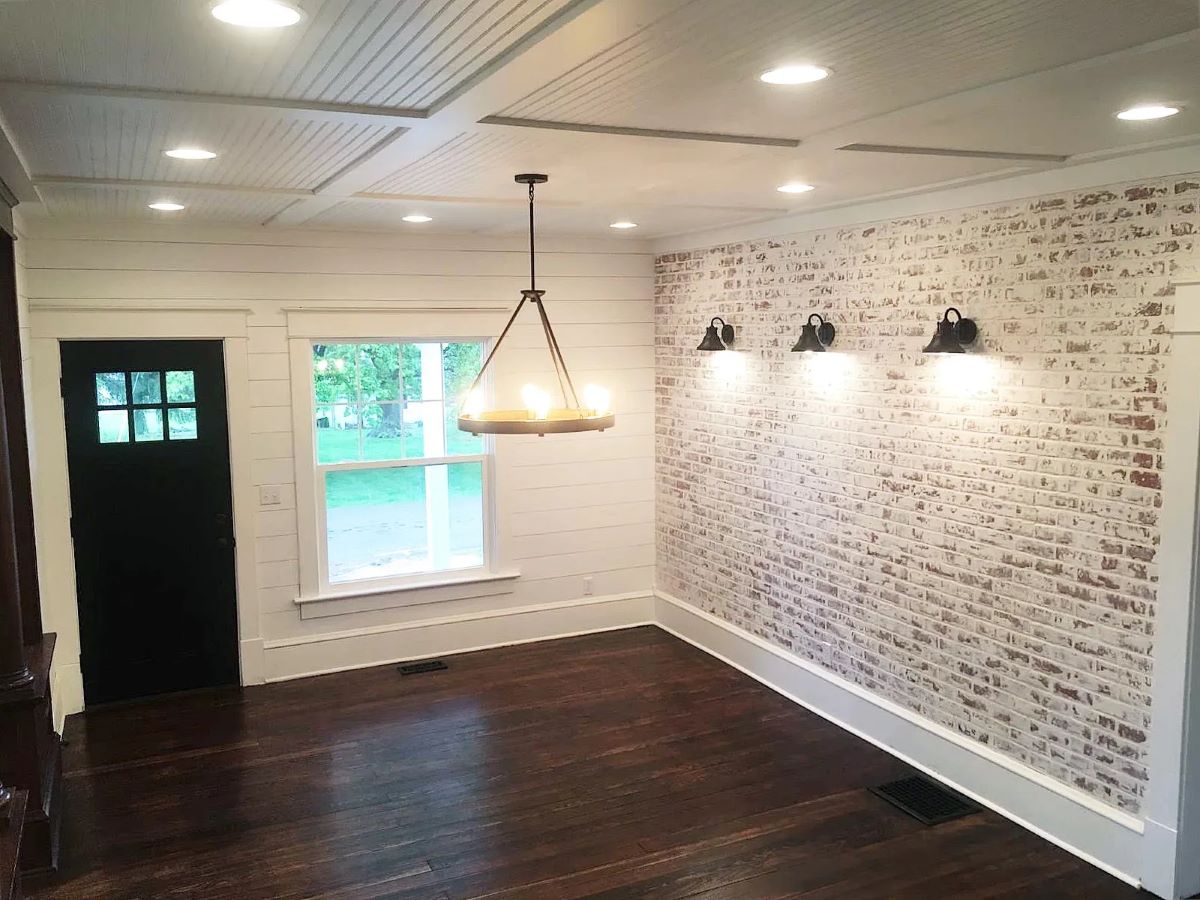
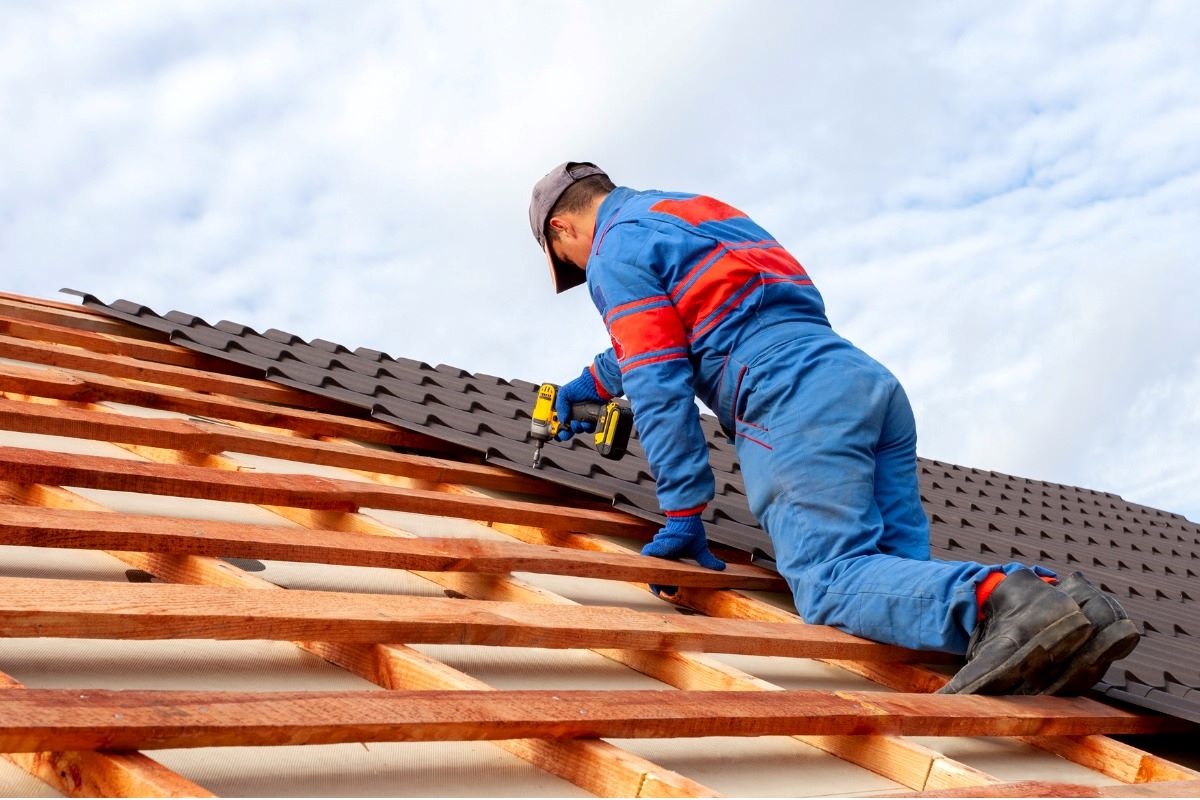

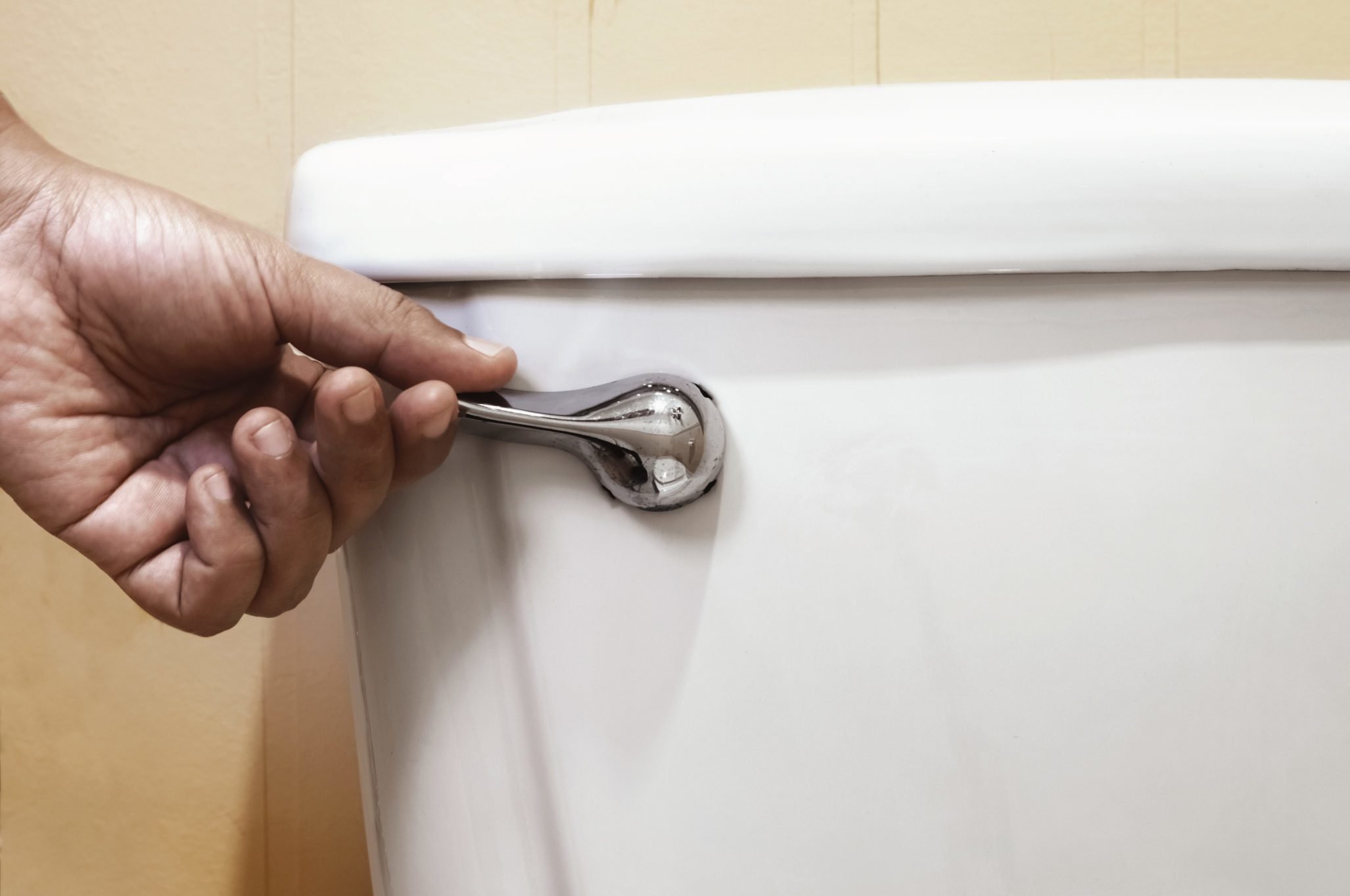


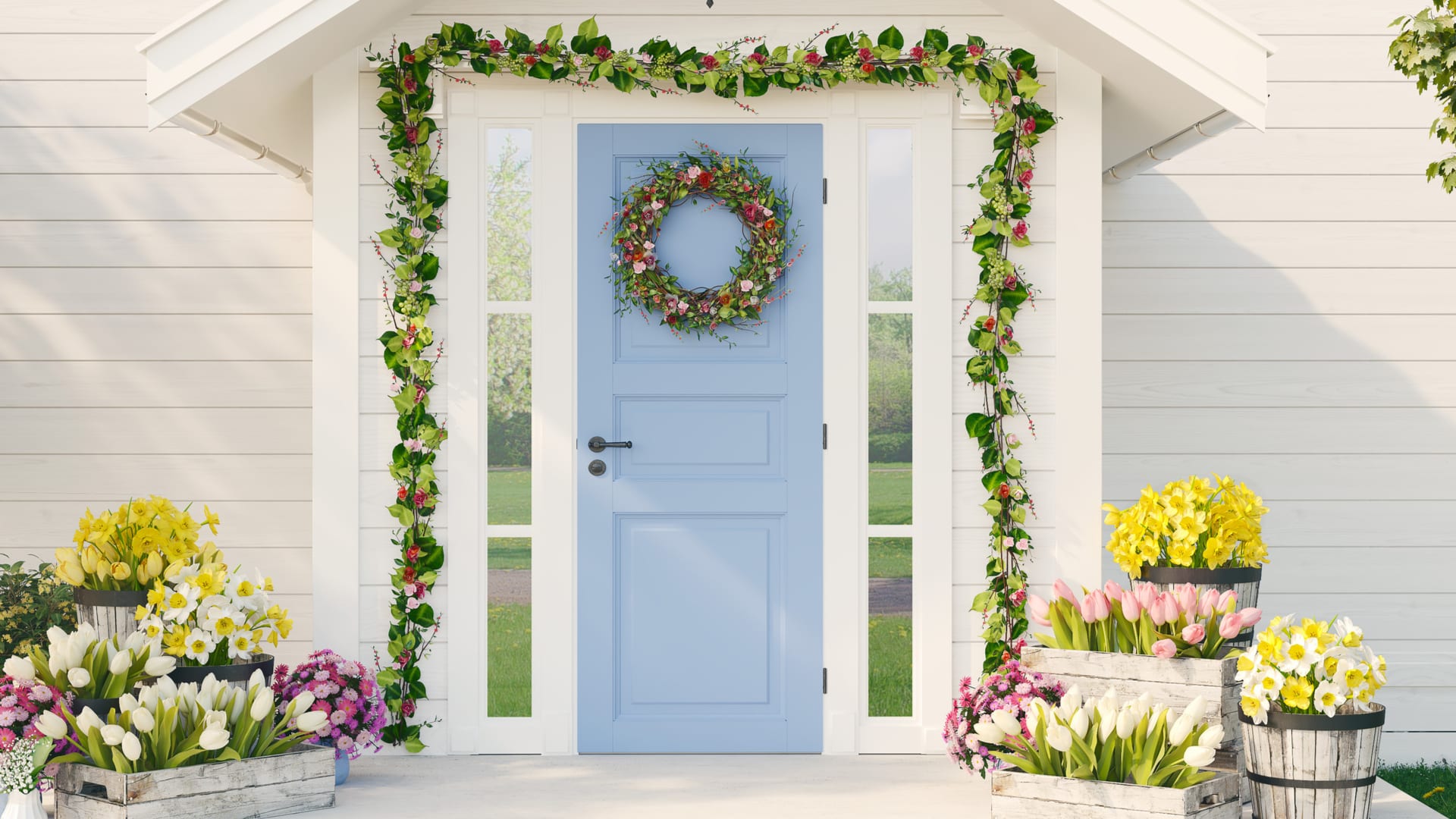



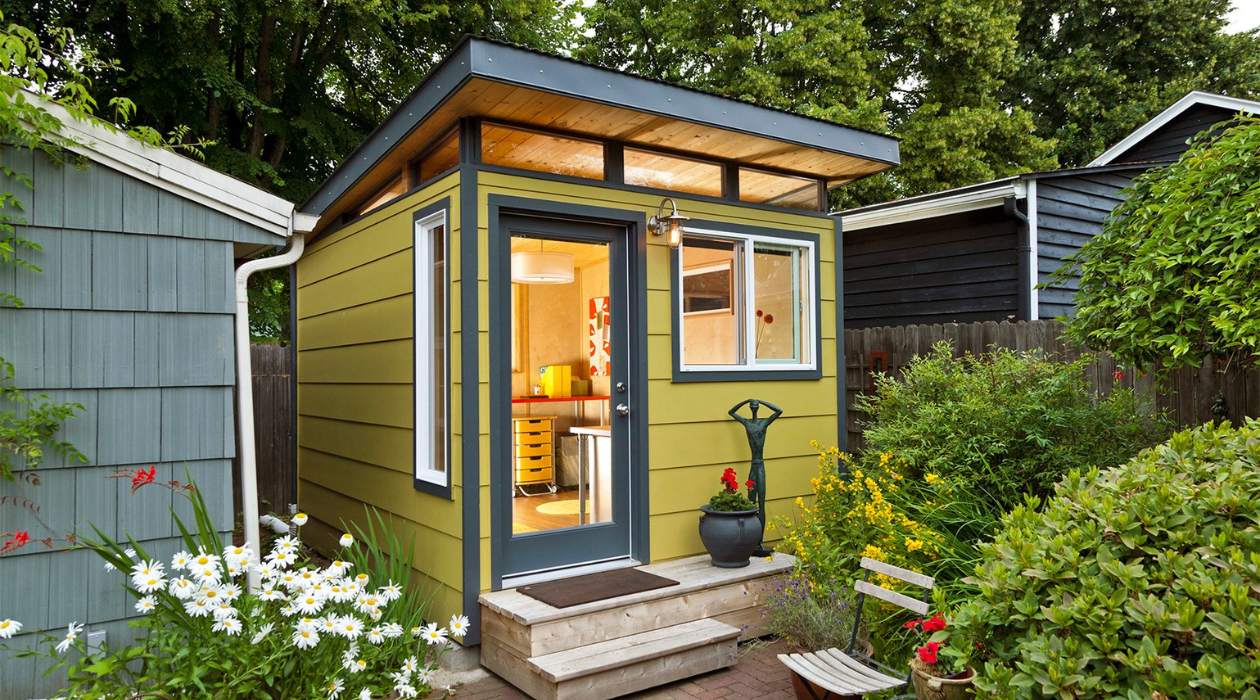


0 thoughts on “12 Roof Remodeling Tips To Help Your Renovation Project Go Smoothly”